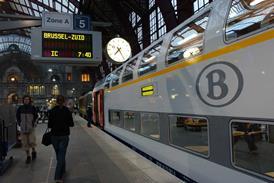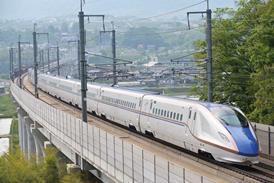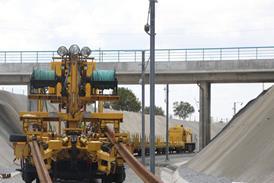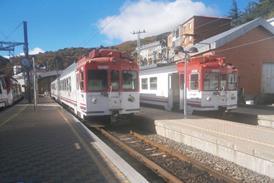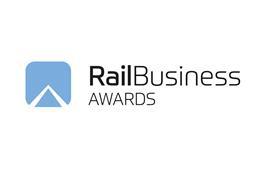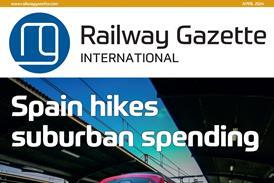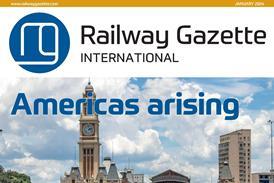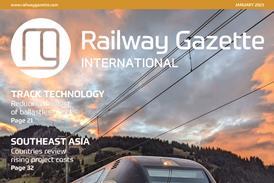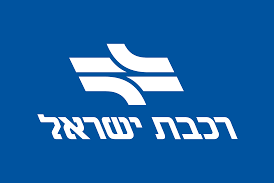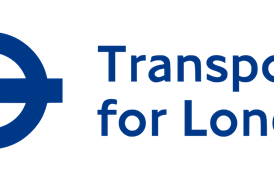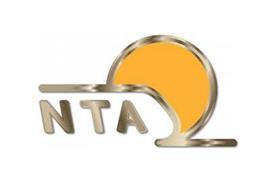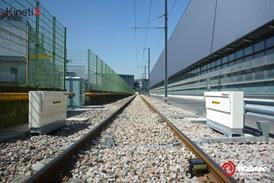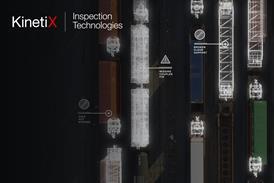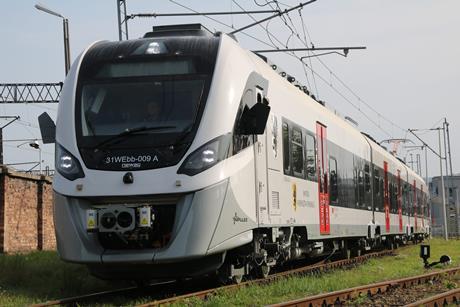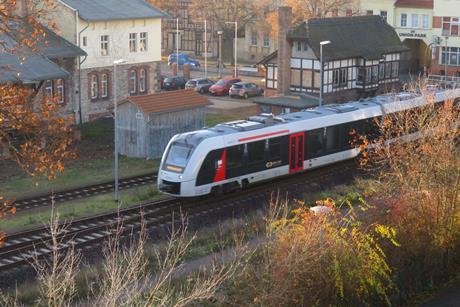Europe rail industry news
Latest railway industry news from Europe, including operations, infrastructure, rolling stock and policy.Pomorskie orders more Impuls2 EMUs with EU funding
POLAND: Pomorskie voivodship has exercised an option to purchase nine more four-car Impuls2 electric multiple-units from Newag, the region’s Marshal Mieczysław Struk announced on April 16.
Abellio Deutschland sold to BeNEX
EUROPE: German regional operator BeNEX is to acquire Abellio’s German subsidiary from Dutch national operator Nederlandse Spoorwegen.
Siemens to upgrade København S-bane for driverless operation
DENMARK: Siemens Mobility has been awarded a €270m contract to equip the 170 km S-bane network in København for GoA4 unattended operations.
Next-generation Railjets enter service to link three countries
EUROPE: Austrian Federal Railways has put into service the first of its updated Railjet trainsets on services linking Germany, Austria and Italy. Toma Bačić rode on a preview run between München and Verona on April 5.
‘Price dumping’ row mars Ouigo’s latest expansion
SPAIN: SNCF’s low-cost subsidiary Ouigo has further expanded its operations in Spain, launching Madrid – Valladolid services on April 19, consisting of two return trips per day.
Electrification of two Dutch regional railways funded
NETHERLANDS: The government has confirmed co-funding for the electrification for two regional lines in the provinces of Overijssel and Gelderland.
Stadler’s Spanish suburban EMUs on test
Interview: Eurofima adapts to a changing market
Paris Line C investment plan outlined
Stars align for night train service
Shining a light on Dutch depots
Railway supply industry news round-up
Portugal: South International Corridor nears completion
RZD orders high speed trains for revived Moscow – St Petersburg project
Talgo Avril high speed trainsets to enter service in May
Trenitalia seeks more business in France
Railcoop on brink of liquidation as financing gap stymies restructuring hope
Spain: Plan de Cercanías promises an end to inaction
LeShuttle terminals readied for EU border check changes
Ukraine begins construction of standard gauge European rail link
Stadler selected for Bulgarian double-deck train order
Europe: IoT tools help to ensure a rapid response
Find a transport job with your shopping
Lithuanian railway adopts western European data exchange system

